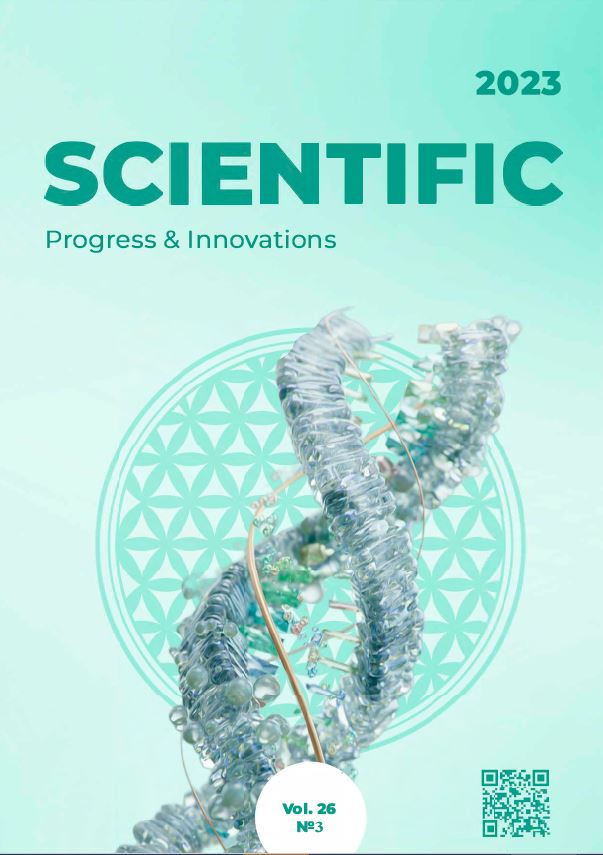Influence of cow keeping and milking technologies on sanitary and hygiene indicators of raw milk
DOI:
https://doi.org/10.31210/spi2023.26.03.13Keywords:
technology, dairy cows, milk production, udder hygiene, safety and milk qualityAbstract
The article provides a study of the organization of milk production technology in the farm with untethered and tethered cows. It was found out that Dairy Plan C21 herd management software is used on one of the dairy farms. Before and after milking, the skin of cows is treated with means based on the probiotic culture of Bacillus subtilis, Bablle Pure and Zooprotect Forte. Based on the results of research, data on production and sales were obtained, indicators of safety and quality of raw milk from three departments were analyzed. The gross production of milk at the Sokyryntsi dairy farm was 1240.77 tons, the average annual yield per cow was 7560 kg, and the marketability was 98.1 %. The production indicators at the "Pochapintsi" and "Golenishchevo" departments were: milk production – 916.23 and 943.95 tons, average annual yield per fodder cow – 7542 and 7902 kg, marketability 97.9 % and 96.8 %, respectively. It was found that the average annual indicators of the amount of MAFAnM in raw collected milk from the dairy farm "Sokyryntsi" for unattached and box housing was 21±4.2 × 104 thousand CFU/cm3, and for tied milk – (Pochapyntsi branch and "Golenishchevo") 19±3.4 × 104 and 21±4.3 × 104 thousand CFU/cm3, respectively. Based on the results of research, it was established that the number of somatic cells in collected milk from cows, according to different methods of their maintenance, was within the normal range. Thus, in the milk of cows of the "Sokyryntsi" department, this indicator was 253.0±17,22 thousand/cm3, "Pochapintsi" and "Golenishchevo" – 255.6±29.12 and 289.1±27.05 thousand/cm3, respectively, that is, milk obtained from cows in three departments meets the requirements of the highest grade. It should be noted a slightly lower level of fat in the milk of cows from the Pochapintsi and Golenishchevo dairy farms, 3.7±0.107 % and 3.66±0.093 %, compared to milk from cows from the Sokyryntsi dairy farm – 3.91±0.103 %. The protein content in the milk of cows from different departments was at the level of 3.18±0.069 % and 3.19±0.072 and 3.24±0.035 %, respectively. According to the research results, no residues of antibiotics, heavy metals, mycotoxins, pesticides, radionuclides and inhibitory substances were found in raw collected milk. The obtained data indicate that the milk produced on the farm and sold to processing enterprises meets the requirements of the national standard and is suitable for the production of safe and high-quality products.

 Creative Commons Attribution 4.0 International Licens
Creative Commons Attribution 4.0 International Licens